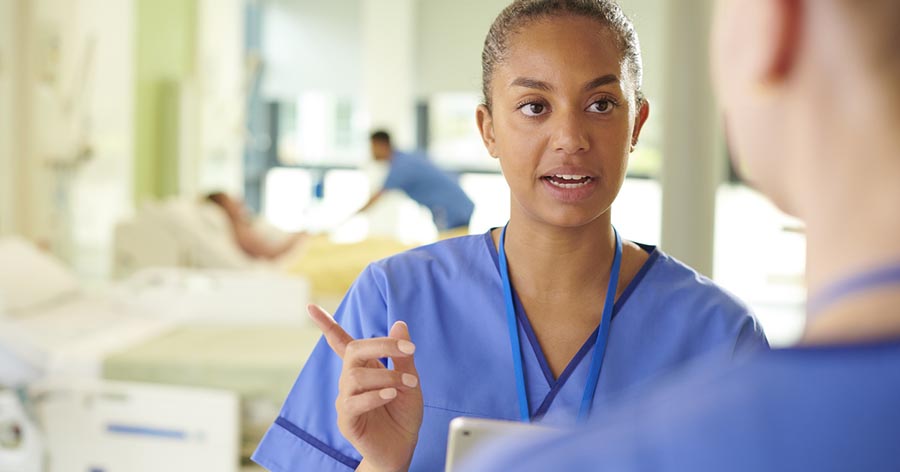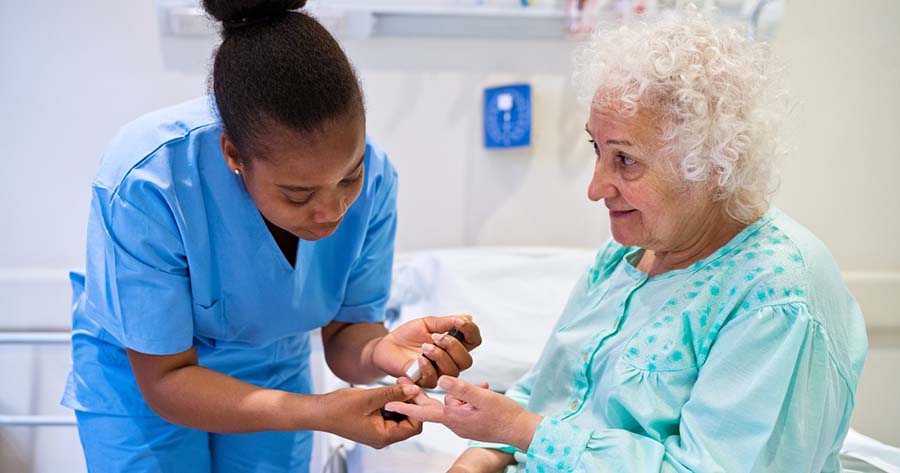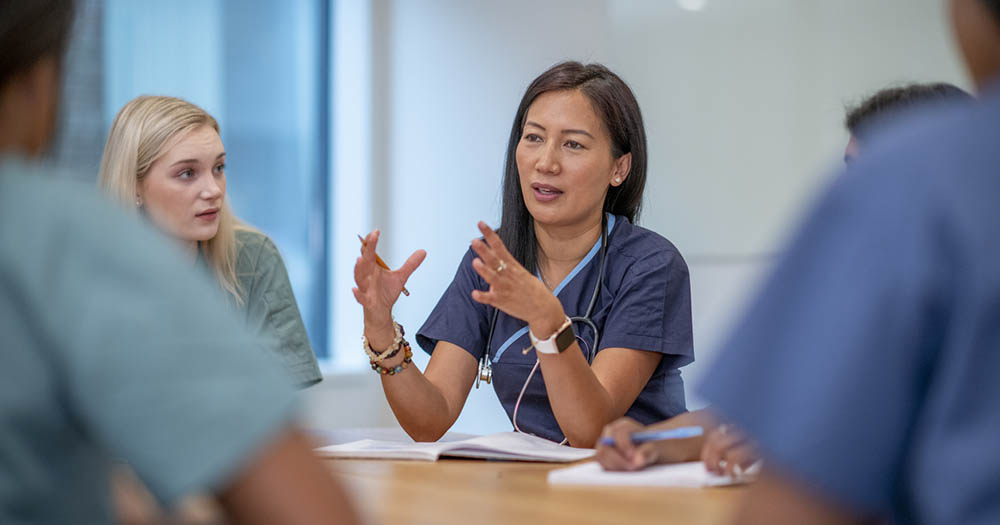Data from recent national surveys in the US demonstrated that there has been a dramatic increase in the overall use of CAMs in adults with diabetes (Bell et al, 2006; Garrow and Egede, 2006). This is supported by an examination of the current evidence base of a number of complementary therapies used for the management and treatment of diabetes showing that CAMs have an impact on diabetes by affecting glycaemic control, usually by lowering blood glucose levels (Stenhouse et al, submitted; Pilkington et al, 2007). Furthermore, analysis of the US national survey data by Garrow and Egede (2006) indicated that females with chronic conditions, such as diabetes, plus another chronic condition have a high incidence of CAM use to manage their conditions. This high CAM use by women is supported by the work of MacLennan et al (2002), Adams et al (2003) and Smith et al (2006) who propose that in the general population, women are more likely than men to use CAMs, possible since CAM use is common for female-specific conditions.
CAM and pregnancy
It has been reported that CAM use among women during pregnancy is increasing: acupuncture, acupressure and ginger for pregnancy-induced nausea and vomiting are popular (Knight et al, 2001). Acupuncture and moxibustion are treatments for converting a breech-presenting fetus to cephalic (Budd, 2000; Coyle et al, 2005; see Appendix for some useful definitions) and raspberry leaf tea is used to induce labour (Simpson et al, 2001). It is well documented that midwives are enthusiastic in recommending CAM use in pregnancy with some midwives undertaking specialist CAM training in order to integrate therapies into their practice (Budd, 1992; Tiran, 2004).
CAM in pregnancies complicated by diabetes
Pre-existing type 1 and 2, and gestational diabetes are collectively the most common medical conditions affecting pregnancy. The prevalence is estimated at 1 in 250 pregnancies. In England and Wales, approximately 600000 women give birth each year, with 2–5% of pregnancies involving women with diabetes. Of these cases, 25% involve pre-existing type 1 diabetes, 10% pre-existing type 2 diabetes and the remaining 65% gestational diabetes (NICE, 2007). The combined high incidence of CAM use in pregnancy and in diabetes may lead to increased use of CAMs by women whose pregnancies are complicated by diabetes. However, there are limited data exploring the use of CAMs in this particular group. Therefore, we undertook an audit to establish the use of CAMs in women attending the combined diabetic antenatal clinic at Derriford hospital within the Plymouth Hospitals NHS Trust.
Aim
The aims of the audit were to:
- ascertain CAM use by women whose pregnancies are complicated by diabetes
- identify the types of CAMs used
- ascertain who recommends the use of CAM therapy in pregnancy
- assess the average monthly expenditure on CAM therapies
- assess satisfaction with the therapy measured by how helpful women found the therapy.
Methods
Data were collected using a previously validated questionnaire developed by Wheeler and Hyland (2007, in press). This consisted of a list of 60 CAMs (Table 1), of which 50 were derived from a comprehensive sourcebook on CAMs (Ernst, 2001) and a further 10 from Professors Janet Richardson and Edzard Ernst, Philippa Wheeler plus expert opinions from others. These 10 CAMs included: African herbal medicine; Ayurverdic herbal medicine; Chinese herbal medicine; allergy treatment; cupping acupressure; kinesiology; manual lymphatic drainage; prayer; shamanism (drumming or dream therapy); and soul therapy (re-birthing). There was a free text box to record any CAM not listed.
The questionnaire
The questionnaire consisted of a front sheet with:
- an explanation of the purpose of the audit
- how to complete the questionnaire
- a 4-point Likert scale to measure satisfaction with the CAM.
The CAM therapies were listed in alphabetical order. The instructions gave direction on recording information if one or multiple therapies were used. For example; if only Bach flower remedy was used, the participant was requested to only select one therapy: flower essence. However, if traditional massage with lymphatic drainage is given, they were asked to select both therapies. The participants were asked to record if they used CAMs before and during pregnancy, and to rate how helpful they felt the CAM had been. A 4-point Likert scale was developed with 0–3 indicating ‘don’t know if CAM was helpful through to ‘CAM was very helpful’. Further information was gathered on who advised the use of the specific CAMs and the average monthly expenditure.
An example of a page of the questionnaire is shown in Figure 1.
Setting and sample
Over a 6-week period, a convenience sample of 16 women with diabetes were recruited from the combined diabetic antenatal clinic of a large district general hospital. No women refused to participate.
Data collection procedures and analysis
On arrival at the antenatal clinic, women were approached by the researcher, a qualified midwife with diabetes experience, and informed of the audit. They were asked to complete the questionnaire with anonymity assured. Agreement to partake was taken as consent. The questionnaire was completed by the women in the waiting room prior to their appointment. Any queries during the process were answered by the researcher. Following completion, any questions related to the use of CAMs in pregnancy were addressed by the research midwife and diabetologist.
Results
The type of diabetes and gestation of pregnancy on completion of the questionnaire are documented in Table 2.
Only one participant diagnosed with gestational diabetes had not used CAMs before or during pregnancy and was therefore excluded from analysis; one participant commenced a therapy during pregnancy.
Of all the participants, the maximum number of CAMs used by an individual was eight, which included aromatherapy, massage, meditation, prayer, yoga and a variety of minerals and multivitamin supplements. During pregnancy, this participant reduced her therapies to prayer and introduced the Bowen technique.
The number of CAMs used before and during pregnancy by type of diabetes is shown in Table 3.
Before pregnancy, the most frequently used therapies were massage, mineral supplements, probiotics (for example, yakult or bifidobacteria), aromatherapy and yoga. During pregnancy, CAM usage decreased; however, probiotics and massage remained the most frequently used therapy with a slight increase in acupuncture and the Bowen technique (Table 4).
Women reported being most satisfied with massage and least satisfied with vitamin supplements and probiotics before pregnancy. These results are reflected in the satisfaction of CAMs during pregnancy. Prior to pregnancy, all women reported that they self-referred or were recommended the CAM by a friend. One participant was recommended the Bowen technique during pregnancy by a friend and she found it very helpful with a high level of satisfaction. None of the participants reported a midwife, DSN or other healthcare professional recommending a CAM or referring them to a therapist either before or during pregnancy.
The average monthly expenditure on CAMs was £18.31, ranging from £5 to £90.
Discussion
This small audit was undertaken to explore the use of CAMs in women whose pregnancies were complicated by diabetes. It was found that women with diabetes used CAMs before and during pregnancy, with a reduction of CAM use during pregnancy. Massage was the CAM women were most satisfied with and probiotics least. This may reflect the tactile nature of massage that may give a feeling of wellbeing as seen in a study of children with type 1 diabetes receiving massage who not only reported a reduction in HbA1c but also a reduction in levels of anxiety and increased feelings of wellbeing (Field et al, 1997). The dissatisfaction with probiotics may be due the women experiencing no obvious effect from this CAM. However, emerging research assessing the efficacy of probiotics in the treatment of people with renal vancomycin-resistant enterocci (VRE) showed probiotic therapy to be successful. Nevertheless, the patients were unaware they had been cleared of this infection (Manley et al, 2007). The wide range in cost of CAM per month was ascribed to the cost of gym membership of £90 per month by one woman with type 1 diabetes who attended yoga and to £5 spent on probiotics by another.
None of the women in this audit had informed the midwife, DSN or any healthcare professional they were using a CAM, highlighting that women do not see these therapies as affecting the treatment and management of their diabetes.
There were limitations to this audit. The number of participants in the audit was small and it was conducted over a relatively short period of time. The questionnaire had been designed for use among young healthy adults and adaptations were required for this specific group. The number of CAMs cited (60) was comprehensive and extensive with some women commenting on the length and the time it took to complete. It may have been beneficial to reduce the number of CAMs by grouping several CAMs into single categories; however, information may have been lost in the process.
Conclusions and recommendations
Women with pregnancies complicated by diabetes are not routinely asked if they have used or are using a CAM before or during pregnancy. The evidence and the results of this small audit have indicated that healthcare professionals should inquire if CAMs are being, or have been, used and explain the effect they may have on glycaemic control.
Healthcare professionals should also be aware that CAM use is high among women and people with diabetes; therefore, as part of routine diabetes care, information on CAM use should be ascertained. CAMs may be an additional treatment for women whose pregnancy is complicated by diabetes as it may help with relaxation and a general feeling of wellbeing. Better education should be made available to people with diabetes and to the general population about the potential benefits of CAM use during pregnancy. The recognised limitations of this audit have been addressed and informed the development of a more appropriate questionnaire to be used in a larger study investigating the use of CAM in pregnancies complicated by diabetes.





Key scientific developments presented at the conference.
6 Aug 2025